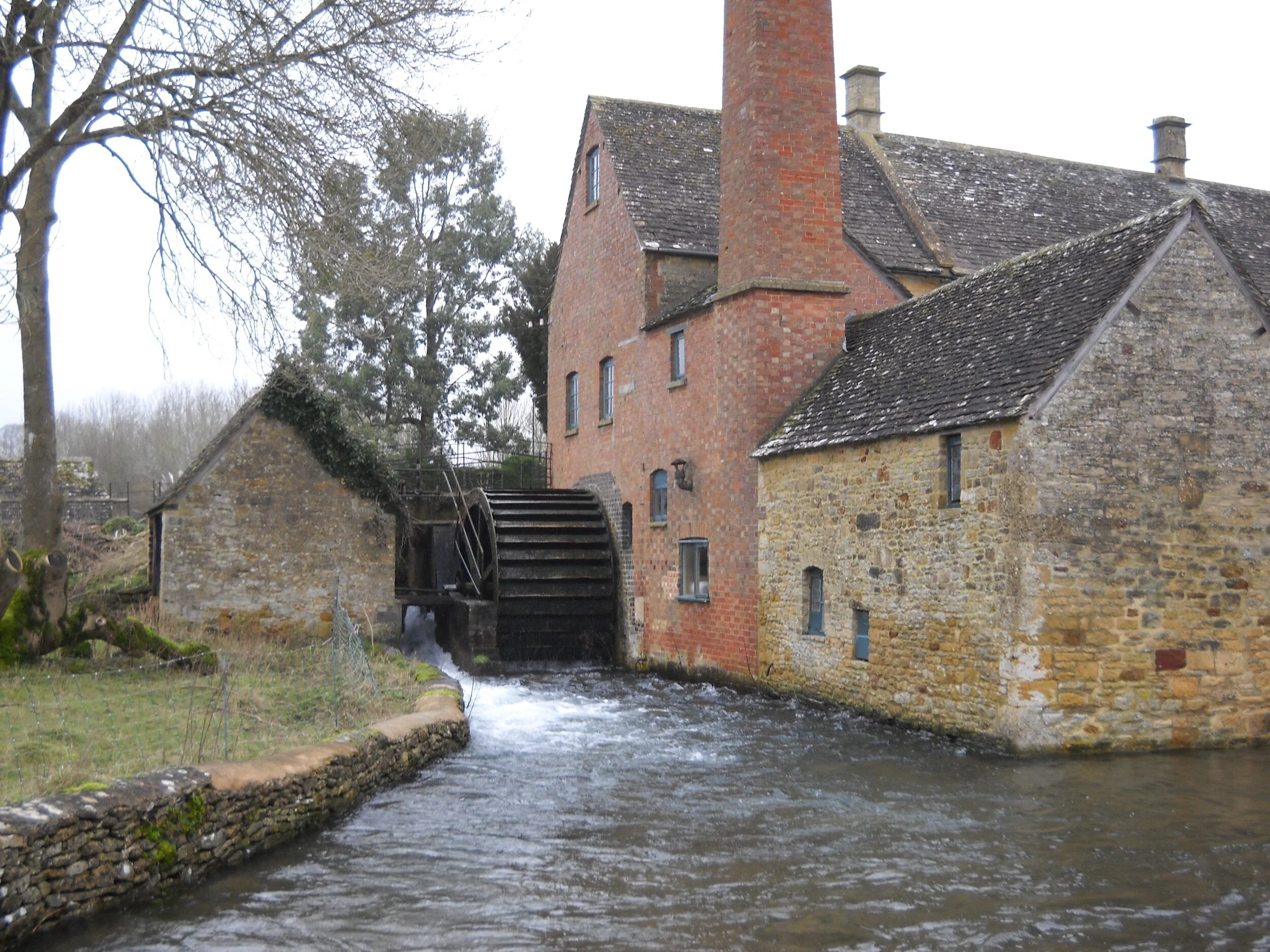Is Subdividing Land Different from Dividing Land?
Subdividing vs Dividing of Land:
In real estate there are many terms that get used in the wrong context, or misused entirely. Think of the incorrect ways folks refer to the land, its improvements and the rights of legal ownership. They use real estate and real property as if they have identical meanings, when in reality they are very different things. If you want to see how, take a look at The Difference Between Real Estate and Real Property - https://www.landdevelopmentrealities.com/home/2019/1/1/real-estate-or-real-property . Yes, I have informally misused real estate terms at times, but a land developer should be precise. It’s essential for contracting, clarity of purpose and overall credibility.
I hesitated about today’s topic since it borders on picking apart terminology, plus I was thinking that only a few folks would really give a hoot anyway. Then I got to thinking about how many times I have been questioned by guys about the difference between subdividing land and dividing land.
Is there a difference between subdividing and dividing land?
So, is there a difference between subdividing and dividing land? Aren’t they really the same thing? Well…when looking in the dictionary, the definition of subdividing actually uses the word dividing as part of the definition, so it can seem like they really are the same at first glance. Not necessarily in land development though, since the end product of dividing vs subdividing is not the same in several ways and one way in particular.
The similarity of the two - spatial separation:
In land development we are taking a parcel of land and spatially separating it into multiple parts so that there is an approved legal separation. In that sense my opinion is that there is really no material difference between subdividing and dividing, but for the intended use of the land there can be a huge difference relating to how you do it and what can be done with the finished product.
Subdividing of land:
Subdividing in it’s true form is the action of submitting a plat application to the permitting authority and ultimately having the application reviewed and approved as a plat subdivision. An example of this is a traditional long plat. By going through the formal application process you wind up with an approved subdivision as shown on the face of the plat. In this hypothetical example, once properly constructed and with required utilities, you should have building-permit-ready lots to sell.
Dividing of land:
I see the legally approved division of land as that process outside of a formal plat submittal that still results in a spatial separation of one parcel into two or more separate parcels, but it does not mean I have a building-permit-ready lot. There may be a legal parcel, but I still might not be able to get a building permit for it. Let’s look at a specific example of a division of land where this distinction can apply - Testamentary Division of Land:
Testamentary division of land:
Hypothetical example: You have 20 acres and 4 adult kids and you are creating an estate plan. Under the professional guidance of your estate planning and real estate attorneys, you properly define in your Will that upon your death, the 20 acres will be divided into 4 separate legal parcels, one parcel to be distributed to each adult child. If done correctly, and your state allows it - (and I emphasize that if it is done legally correct in every way) - your 4 heirs should each receive a separate legal parcel created through the laws of descent and distribution of the state upon your death. For details see - Testamentary Division of Land - https://www.landdevelopmentrealities.com/home/2018/12/13/testamentary-subdivision .
A key potential difference between subdividing and dividing:
Notice that I said that the successful testamentary division of land in my hypothetical example resulted in a legally separate parcel, not a building-permit-ready lot and that’s a hugely distinct point. I once worked with a terminally ill client who successfully created separate parcels through testamentary devise, but I still had to take the legally created parcels once he died and turn them into building-permit-ready lots through additional permitting steps.
Moral of the story - I do not assume a legal parcel is a building-permit-ready lot and one indicator is the method by which the spatial separation occurred.
MLS land listings:
Real estate agents learn fast to understand this key distinction and when they sell raw dirt outside of an approved plat they usually refer to the dirt as a parcel or parcels in the MLS listing. All it means is that each parcel has it’s own tax ID # and does not imply anything about the buyers ability to get a building permit without taking additional required steps. Experienced agents won’t get tripped up on this and generally stay away from using the term "lot” unless it’s a lot and block legal description created via an approved plat. For more on legal descriptions see - Real Estate Legal Descriptions:
https://www.landdevelopmentrealities.com/home/2019/6/13/real-estate-legal-descriptions
Moving forward:
Having looked at a potential key difference between subdividing and dividing land and what it may result in regarding permitting, we shouldn’t rely on terminology alone. There’s no substitute for a proper inspection during acquisition and even if a lot is fully entitled and has every utility ready for hookup, it doesn’t mean the intended build out can happen. Not until the required permit is issued.
Same thing when listing and selling land. I state the known condition of the land as a matter of required disclosure. It is up to the buyer to research and decide if the intended use is possible. That’s what an inspection period is for.
I have also seen subdivided lots that were legally created and permit ready at a given point, that could no longer be permitted to build on. One example is a lot that was lost to a mudslide and another one was when a lot sat fallow for some time and a meandering wetland on one corner eventually migrated onto the only possible place for a building site. Be certain when looking at a parcel that is it known to what extent additional permitting for the intended use is required and keep in mind that how the division occurred might make a difference! Good luck.






